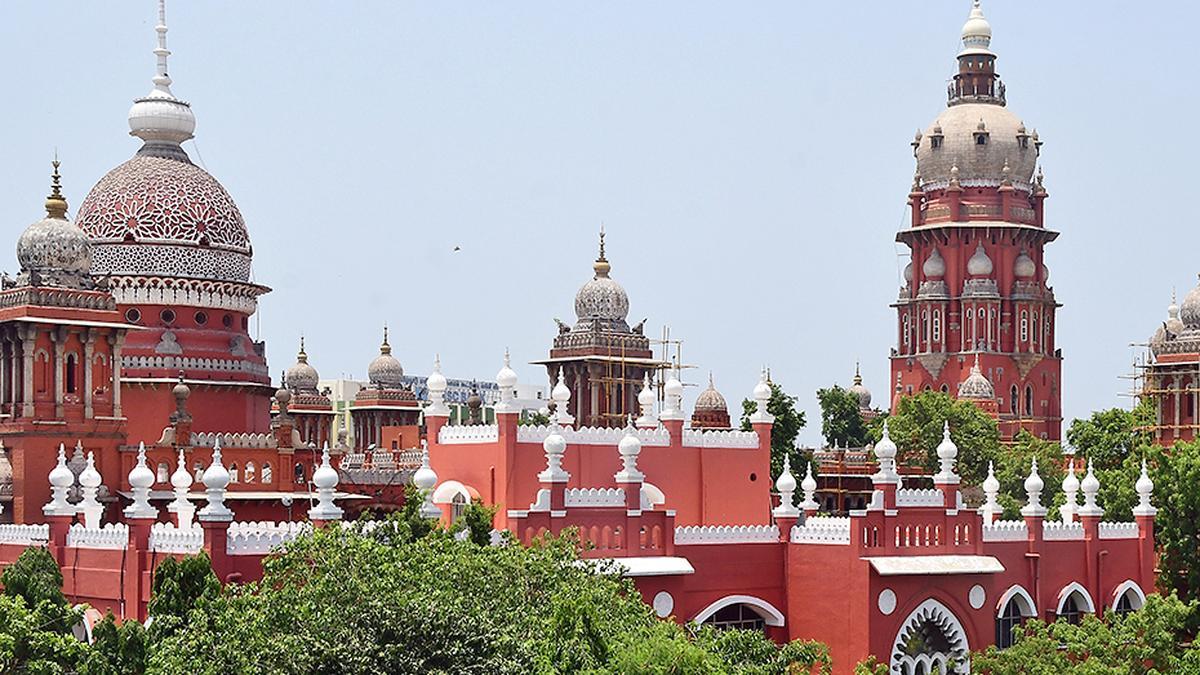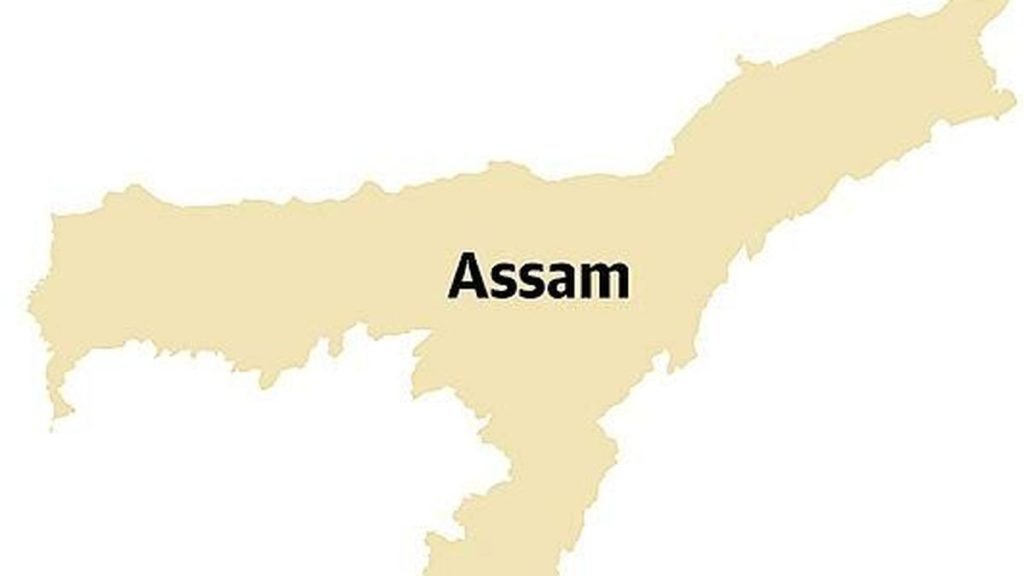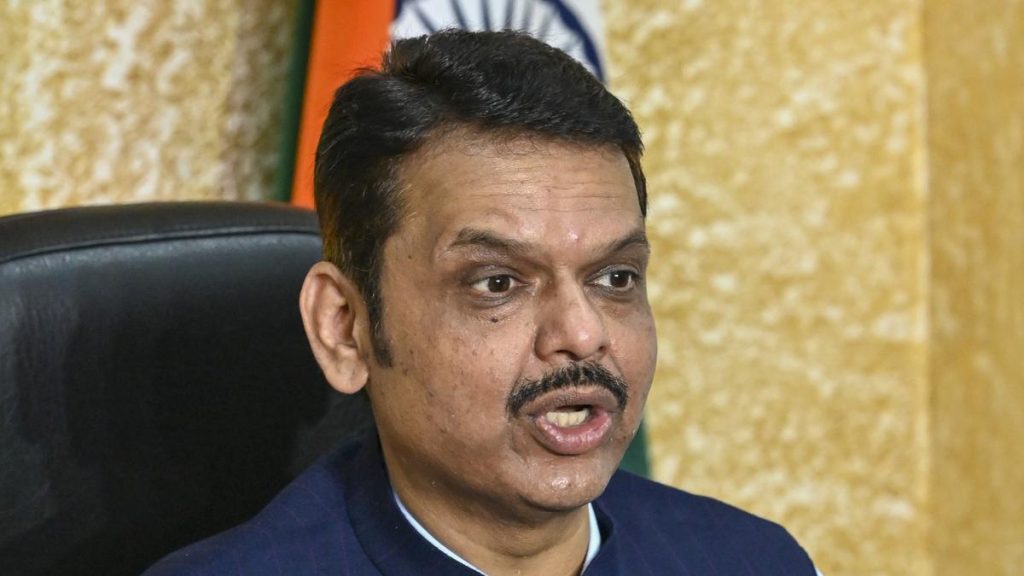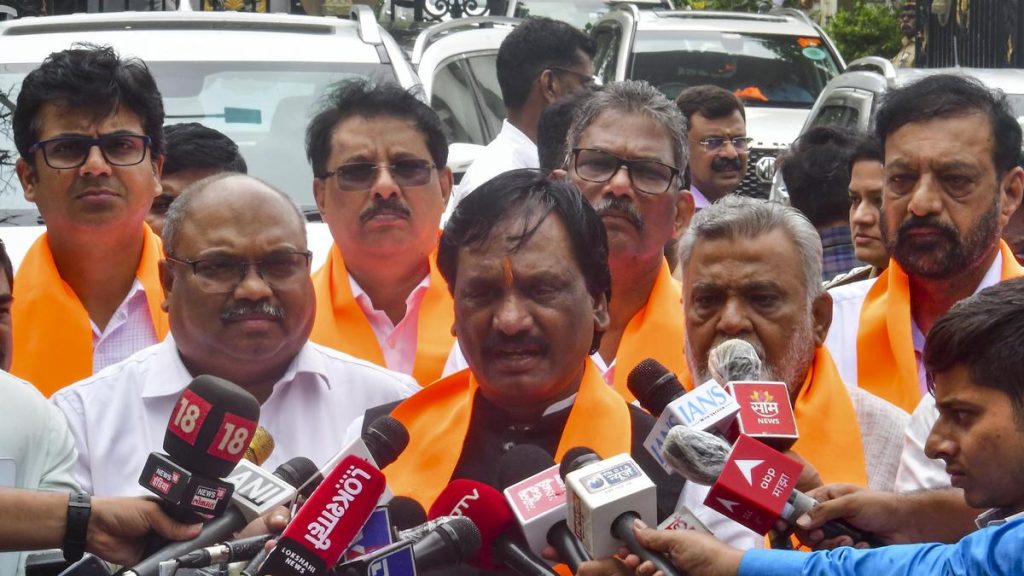Now Reading: Madras High Court Questions Chennai Police on Investigation in BSP Leader Armstrong’s Murder Case
-
01
Madras High Court Questions Chennai Police on Investigation in BSP Leader Armstrong’s Murder Case
Madras High Court Questions Chennai Police on Investigation in BSP Leader Armstrong’s Murder Case

Speedy Summary
- Madras High Court’s Observations: On July 28, 2025, the Madras High Court critiqued the Greater Chennai City Police for failing to carry out an identification parade in BSP leader K. Armstrong’s murder case despite multiple eye witnesses.
- Judge’s Comments: Justice P. Velmurugan emphasized that flaws in investigations often lead to acquittals and stated CCTV footage alone does not justify dispensing with identification parades. He questioned reliance on media-published photos instead of legal procedures.
- Case Background:
– Armstrong was killed by an eight-member gang in Chennai on July 5, 2024. His brother Veeramani was injured while defending him and claimed he could identify the attackers.
– The crime stems from gang rivalry linked to prior enmity and a past murder case involving “arcot” Suresh.
- Examination Details:
– A Special Investigation Team (SIT) conducted probes across multiple angles,resulting in a charge sheet against 30 individuals-including relatives of Suresh-and seizure of various weapons,cash amounting to ₹63.13 lakh, vehicles, and mobile phones.
– Two accused advocates are absconding; extradition efforts are underway for one suspected abroad.
– Police maintained detention under the Goondas Act but faced criticism over procedural lapses like failure to conduct identification parades.
Indian Opinion Analysis
The critique by Justice Velmurugan highlights notable issues regarding procedural adherence in criminal investigations within india that can compromise judicial integrity. While law enforcement appears thorough with its charge sheet detailing motives and evidence at surface level-the lack of basic investigative steps like identification parades undermines confidence in due process.
Given India’s complex legal framework coupled with increasing reliance on technology (e.g., CCTV), there remains an essential balance between customary procedures such as eyewitness testimony and modern evidence gathering methods. This case serves as both a cautionary tale about procedural gaps during investigations and reflects systemic challenges demanding reforms for more robust accountability mechanisms.
If transferred to the CBI-as requested-it could set precedence for handling sensitive cases amidst public dissatisfaction with local police efficiency while adding scrutiny over resource allocation within agencies tackling organized crimes.

























